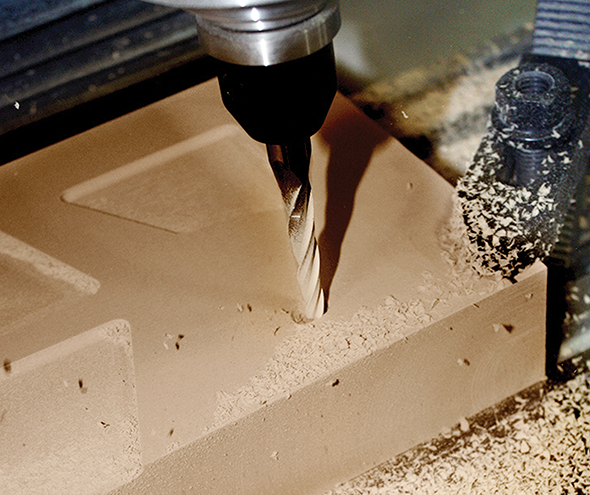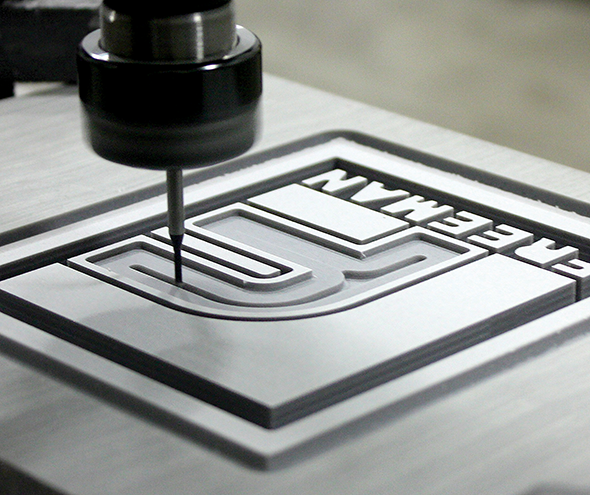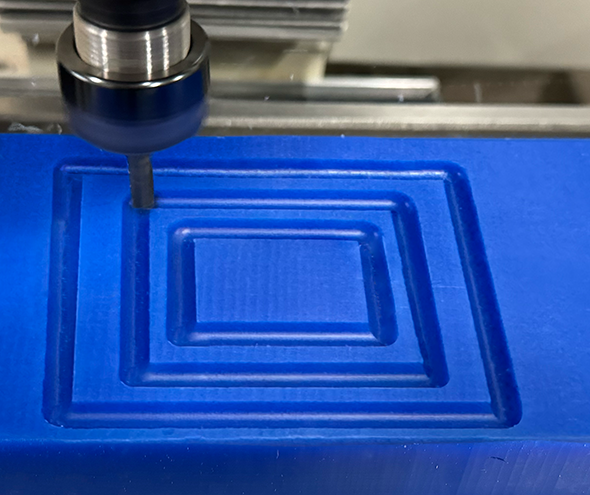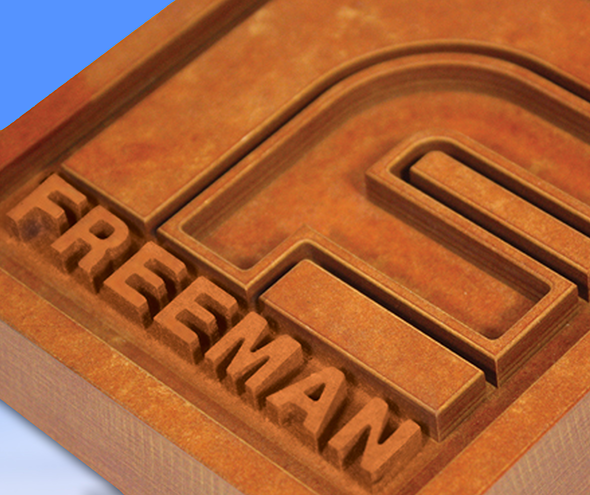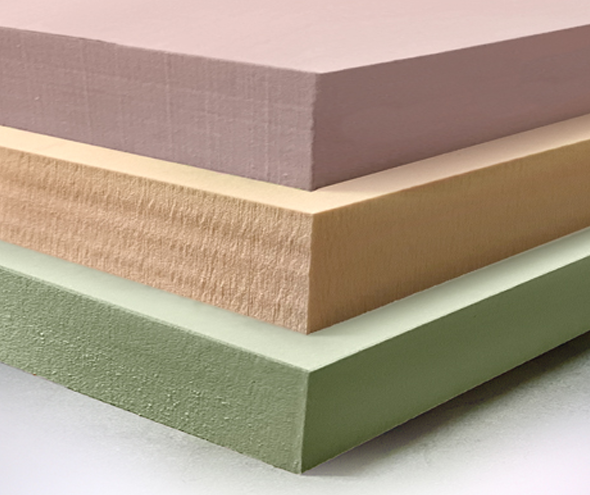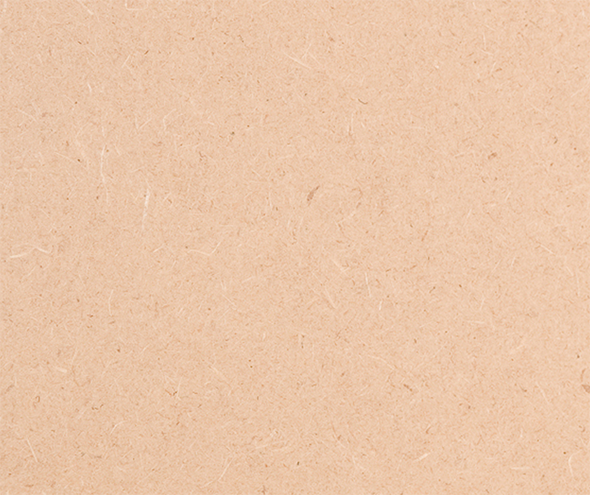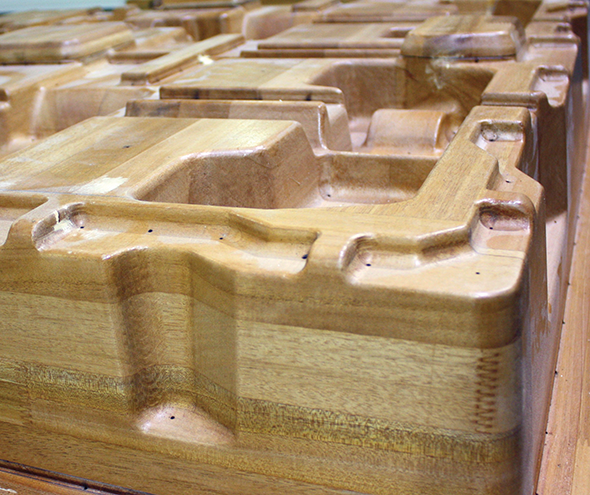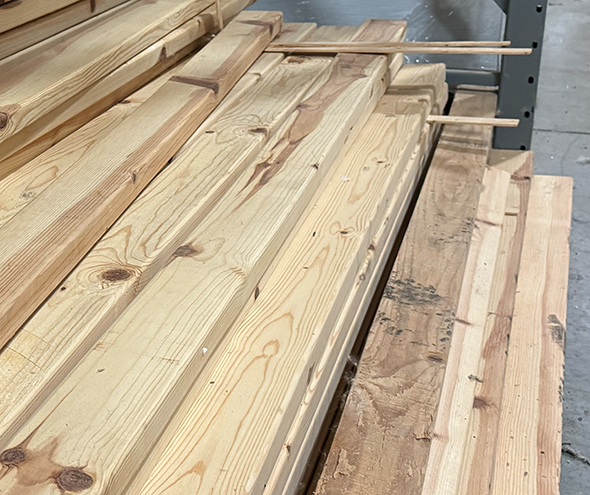Machinable Media Selection Guide
Use this guide to follow the history of constructing parts, patterns, tools, and molds from lumber and metal into the synthetic materials we use today, and the criteria to use to select material for your project.
The Process
The prototyping process begins with a design which can then be machined into a part, pattern, tool, or mold for additional testing or use. | ||
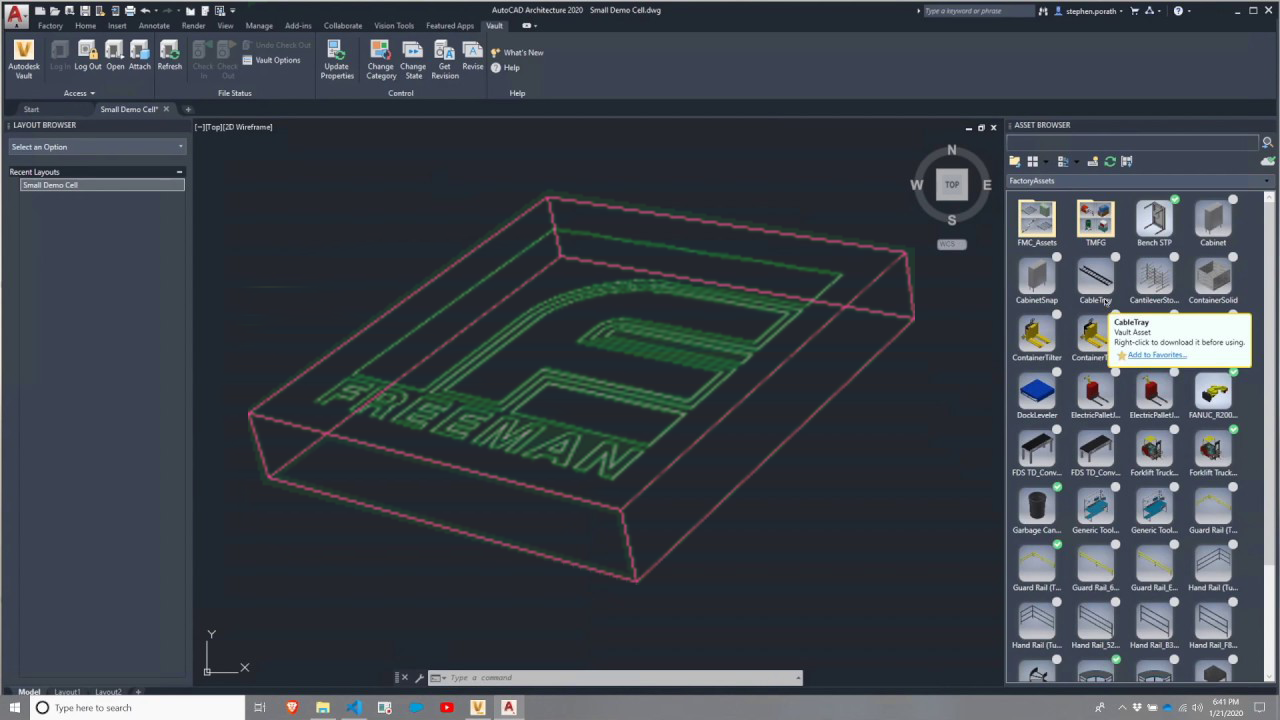 | 
| 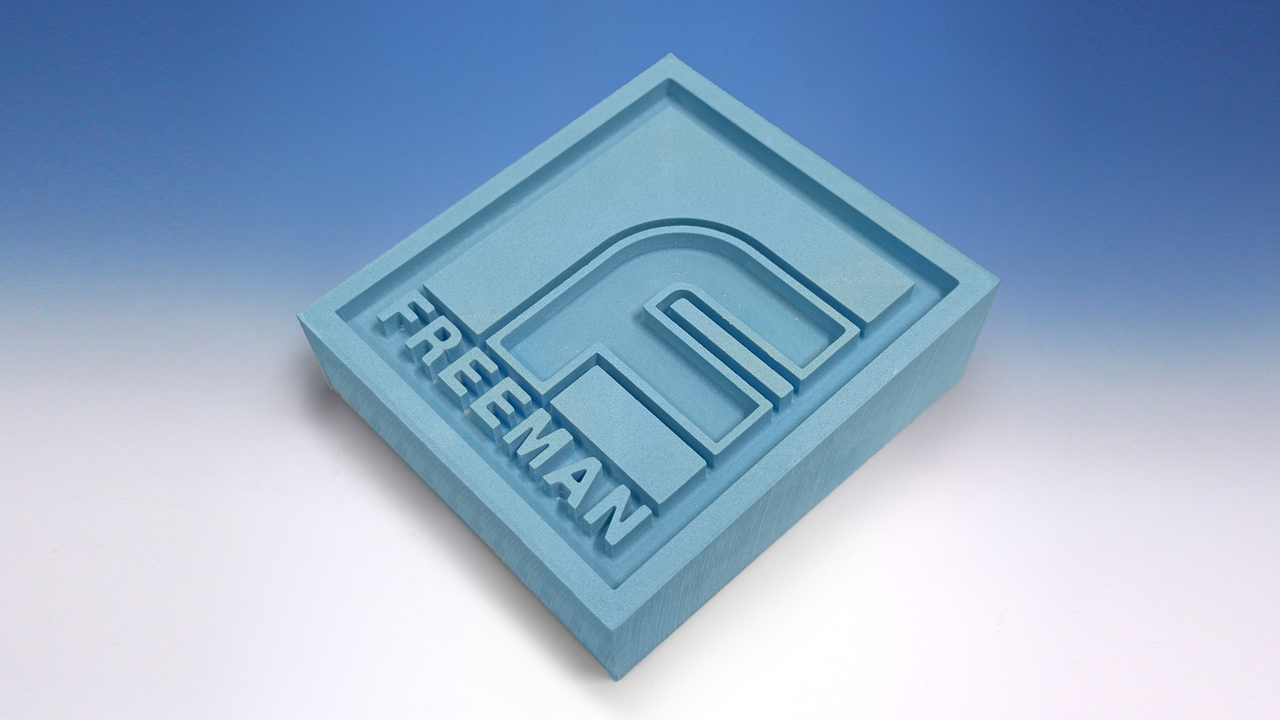 |
|
Design Stage |
Completed Part, Pattern, Tool, or Mold | |
The Journey to Synthetic Materials
Historically, when constructing parts, only two materials were commonly used. Wood is inexpensive, easily workable, moderately stable and durable, but the presence of grain can create machining issues. Metal is very stable and durable with a superior machined finish, but is much more expensive.
Wood 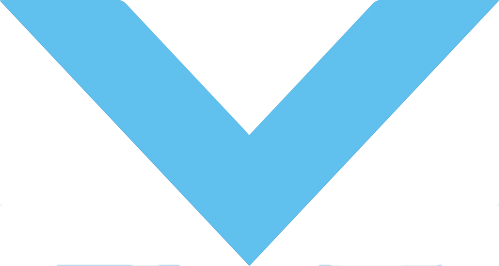 | Metal  |
Less Expensive | More Expensive |
With these choices being so extreme in differences, recently developed synthetic materials have bridged the gap, offering a wider range of materials to choose from.
Rough Lumber  |
MDF  |
Perfect Plank  |
Foam Boards  |
Machinable Wax  |
Modeling Boards  |
Tooling Boards  |
Phenolic Richlite  |
Epoxy Boards  |
Metal  |
Less Expensive | More Expensive |
Material Selection
The product information below should be considered guidelines and not rules. The best material for your application will vary depending on the unique characteristics or criteria of your project, such as:
|
|
Premium Synthetic Materials
Freeman Modeling
& Styling Boards
Freeman Tooling
& Hi-Temp Boards
Freeman
Machinable Wax
Economical Synthetic Materials
Polyurethane
Foam Boards
MDF (Medium
Density Fiberboard)
Lumber Products
Perfect Plank
Engineered Wood
Rough Sawn
Lumber
 | Still need help selecting material for your project?Reach out to our tech team by email or phone at (800) 321-8511 opt. 3. |


